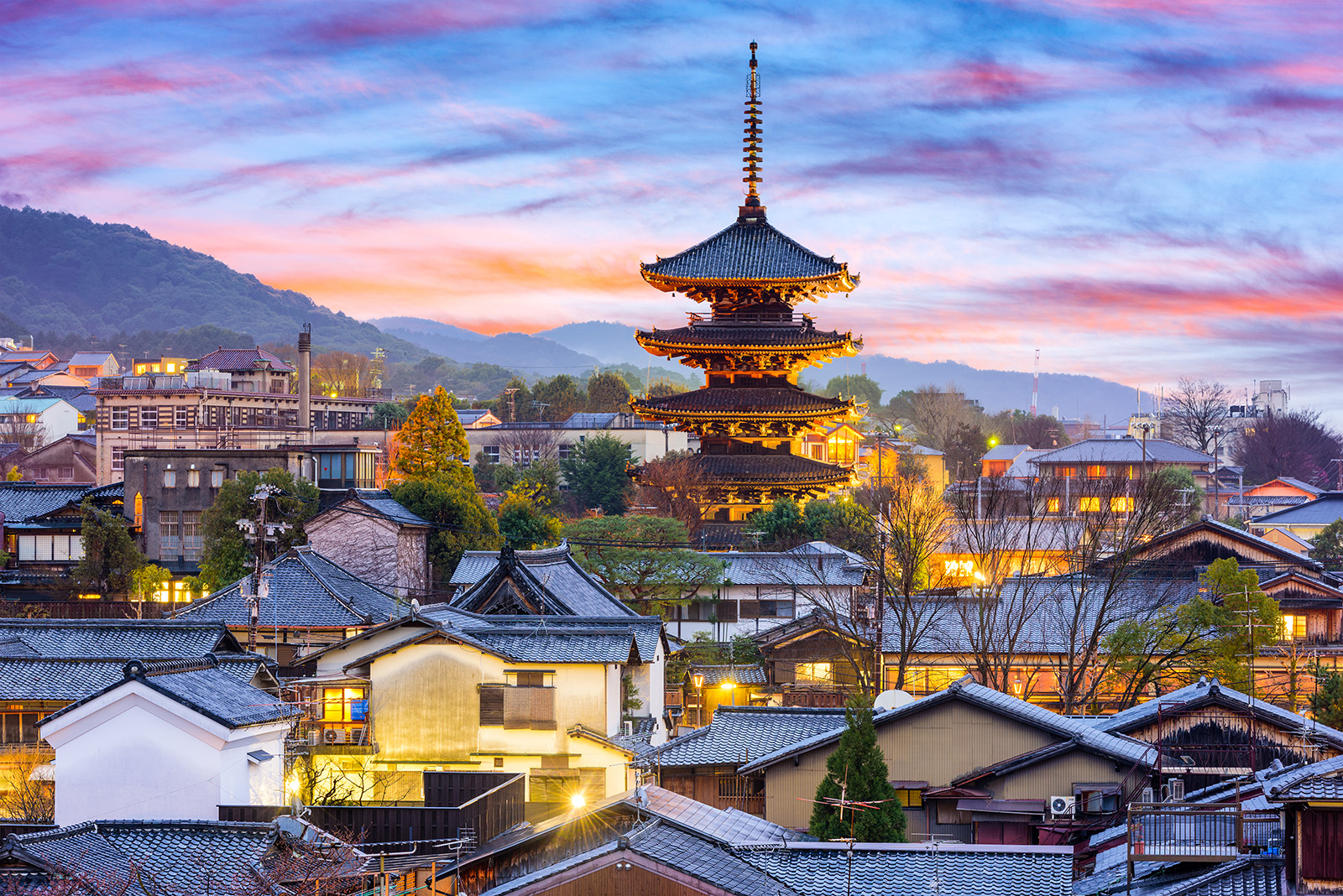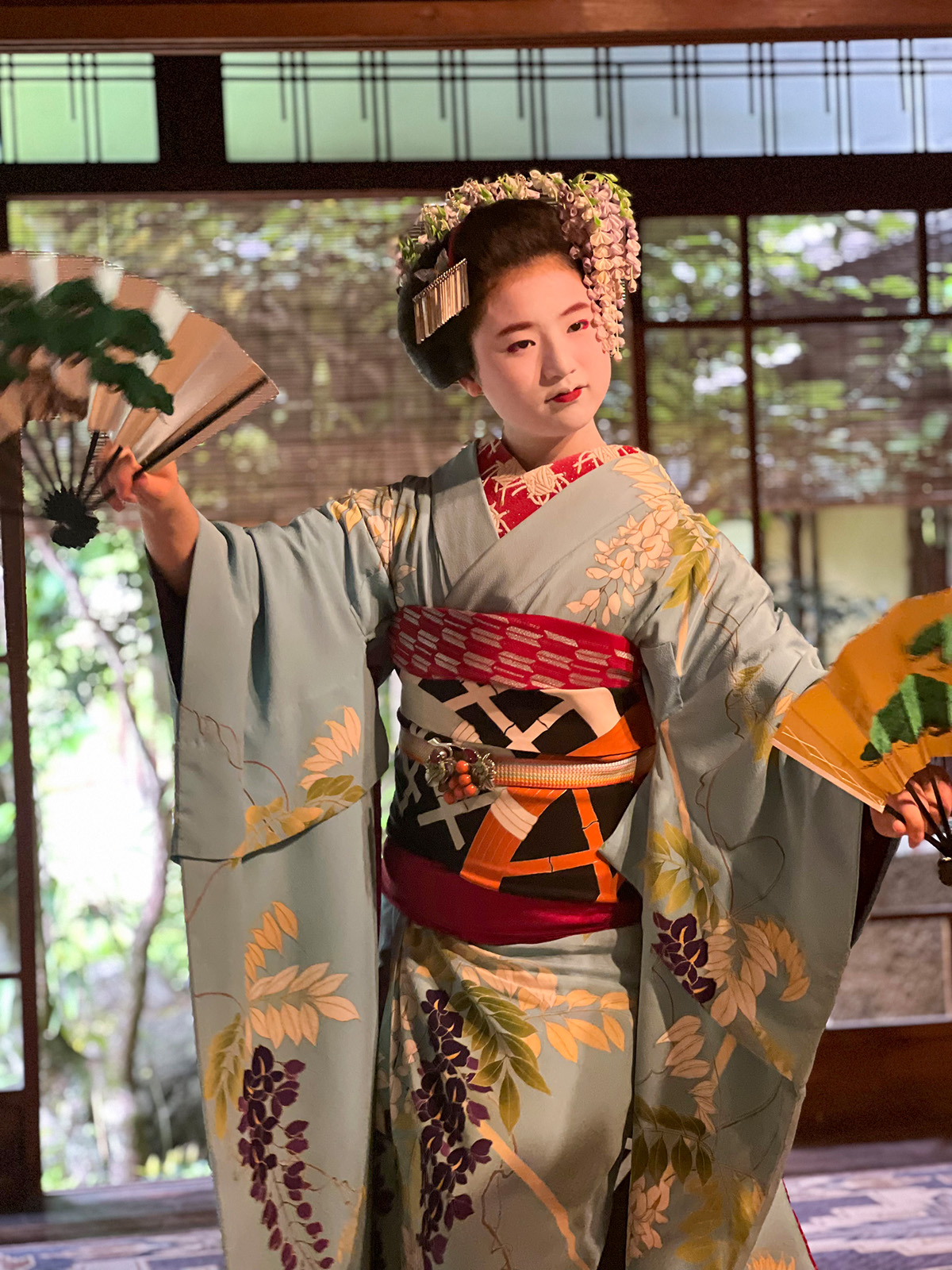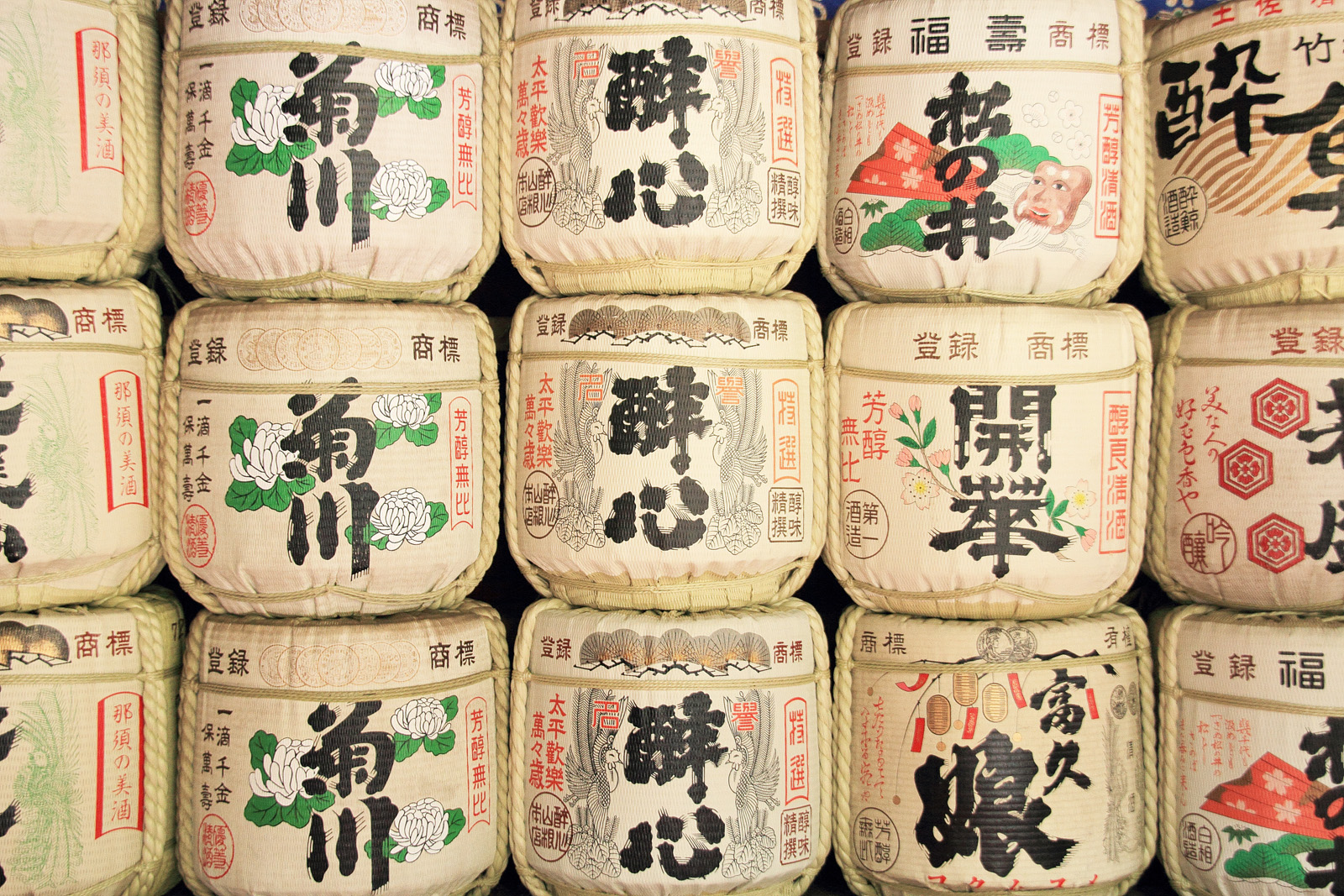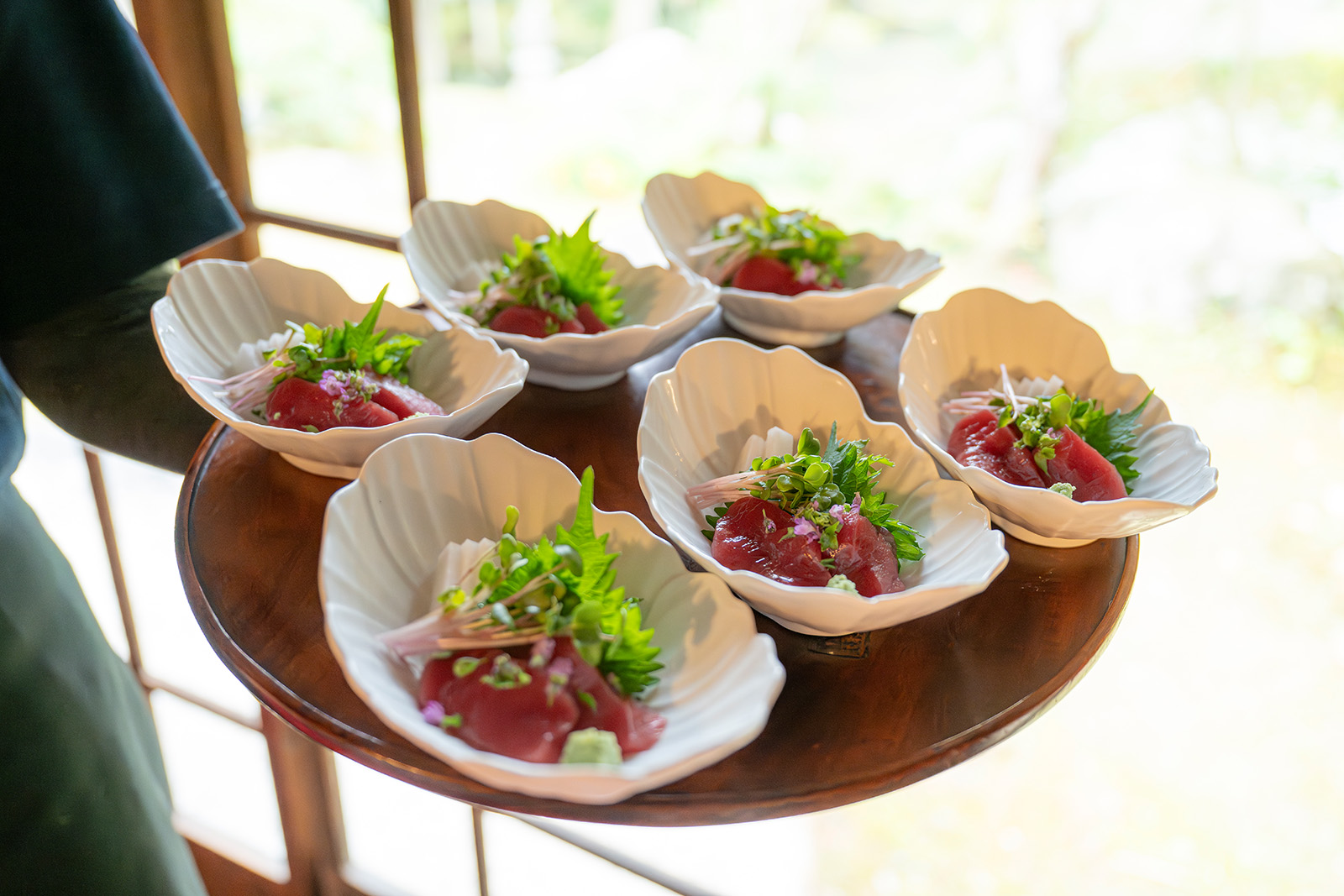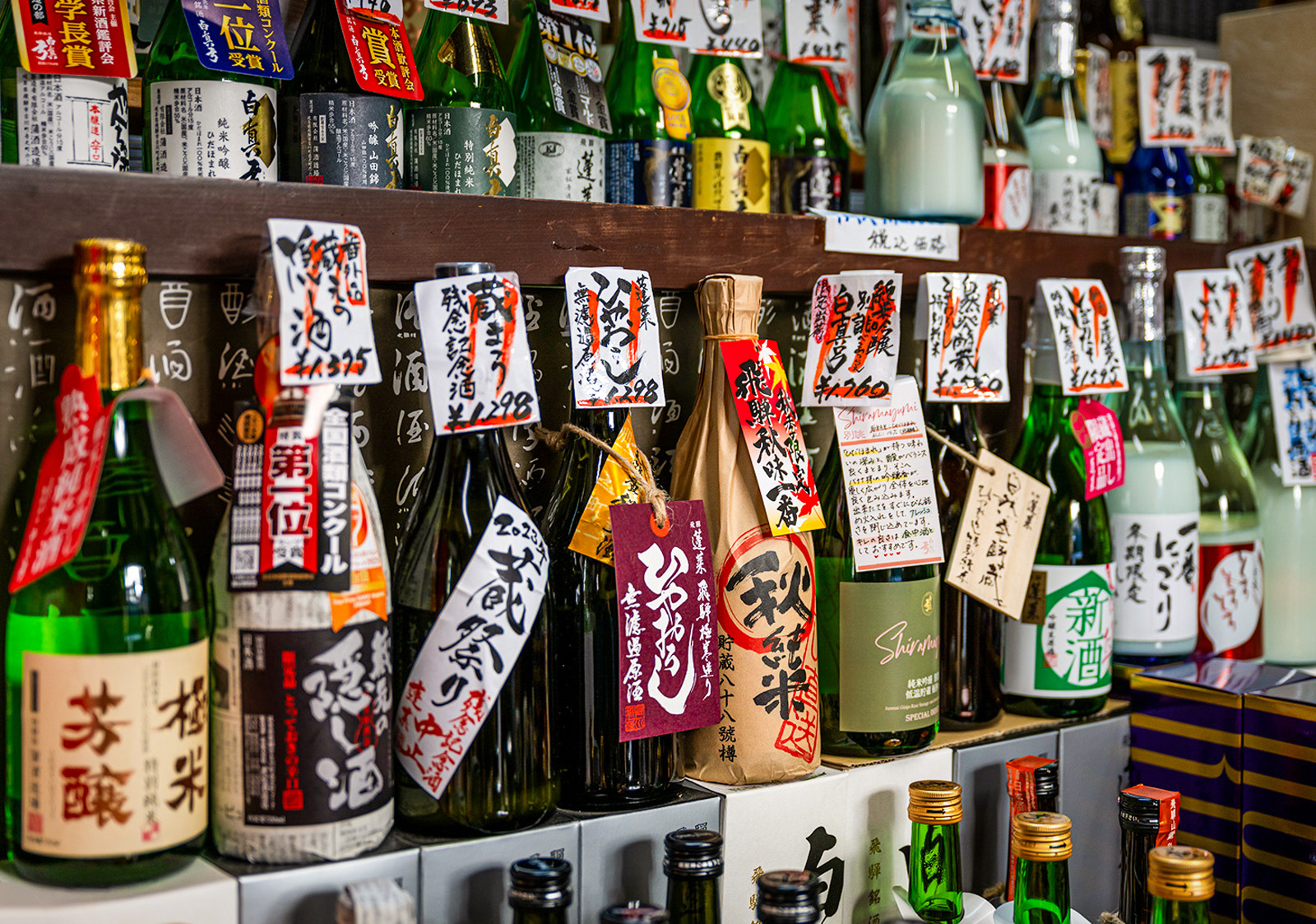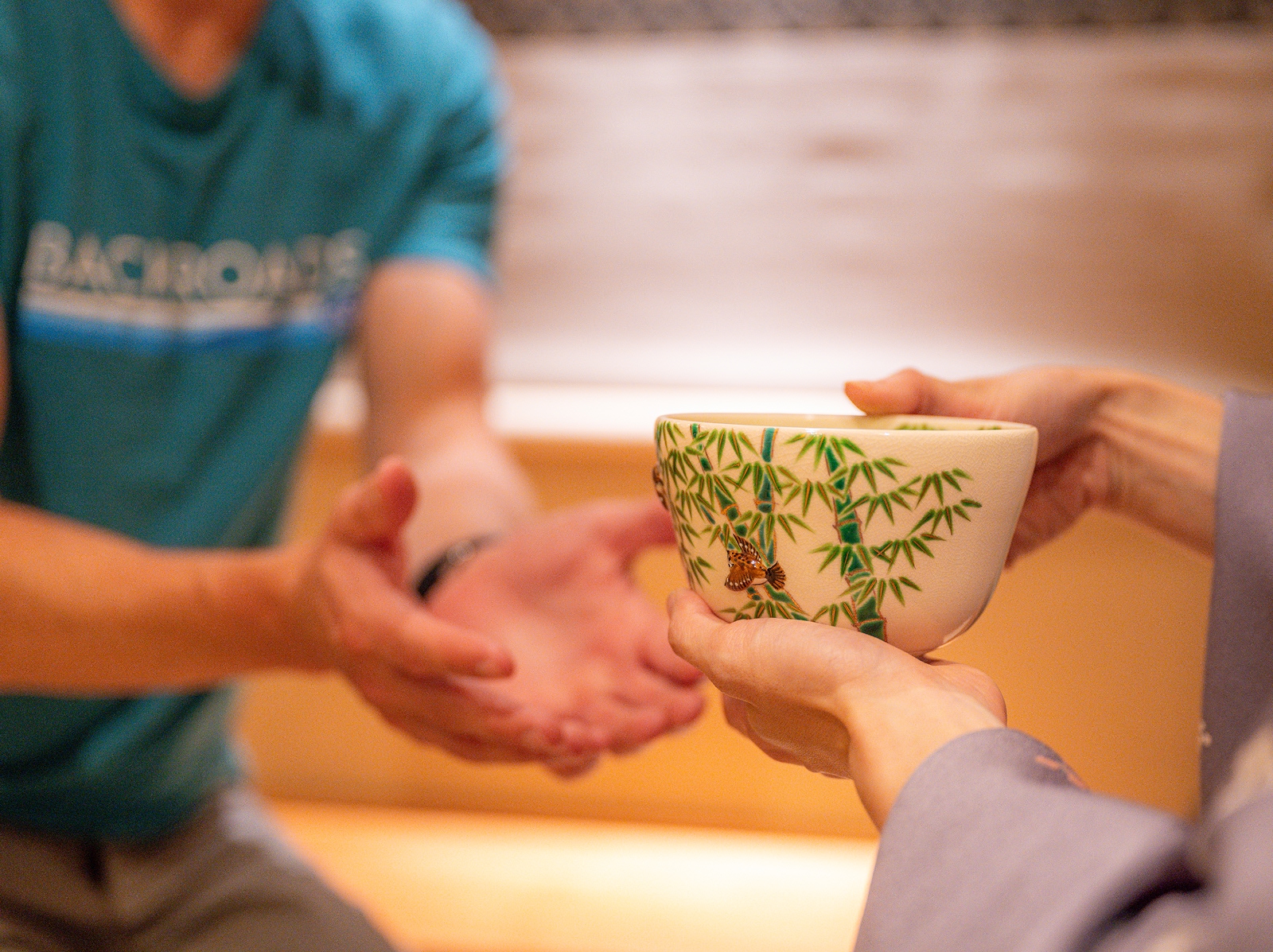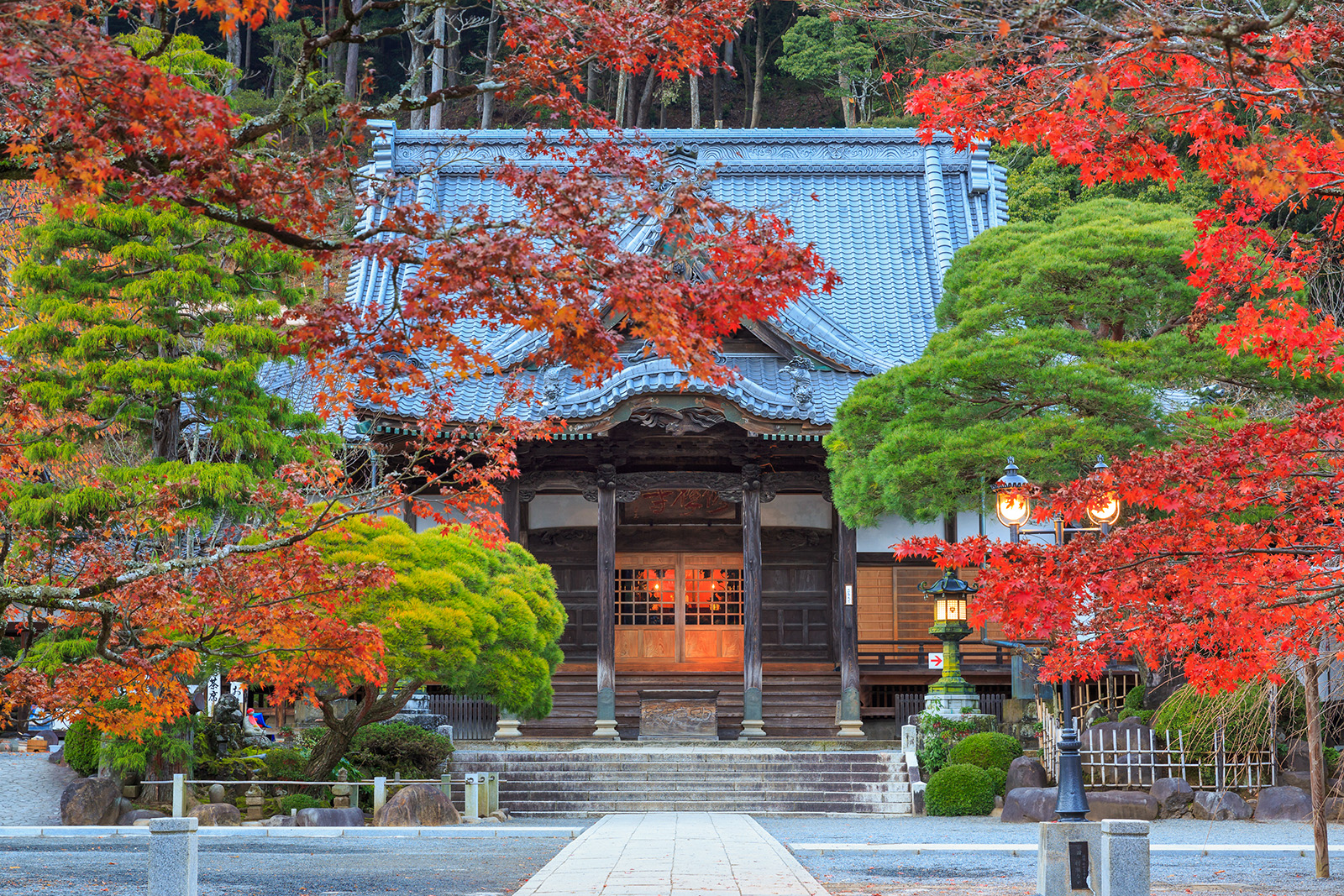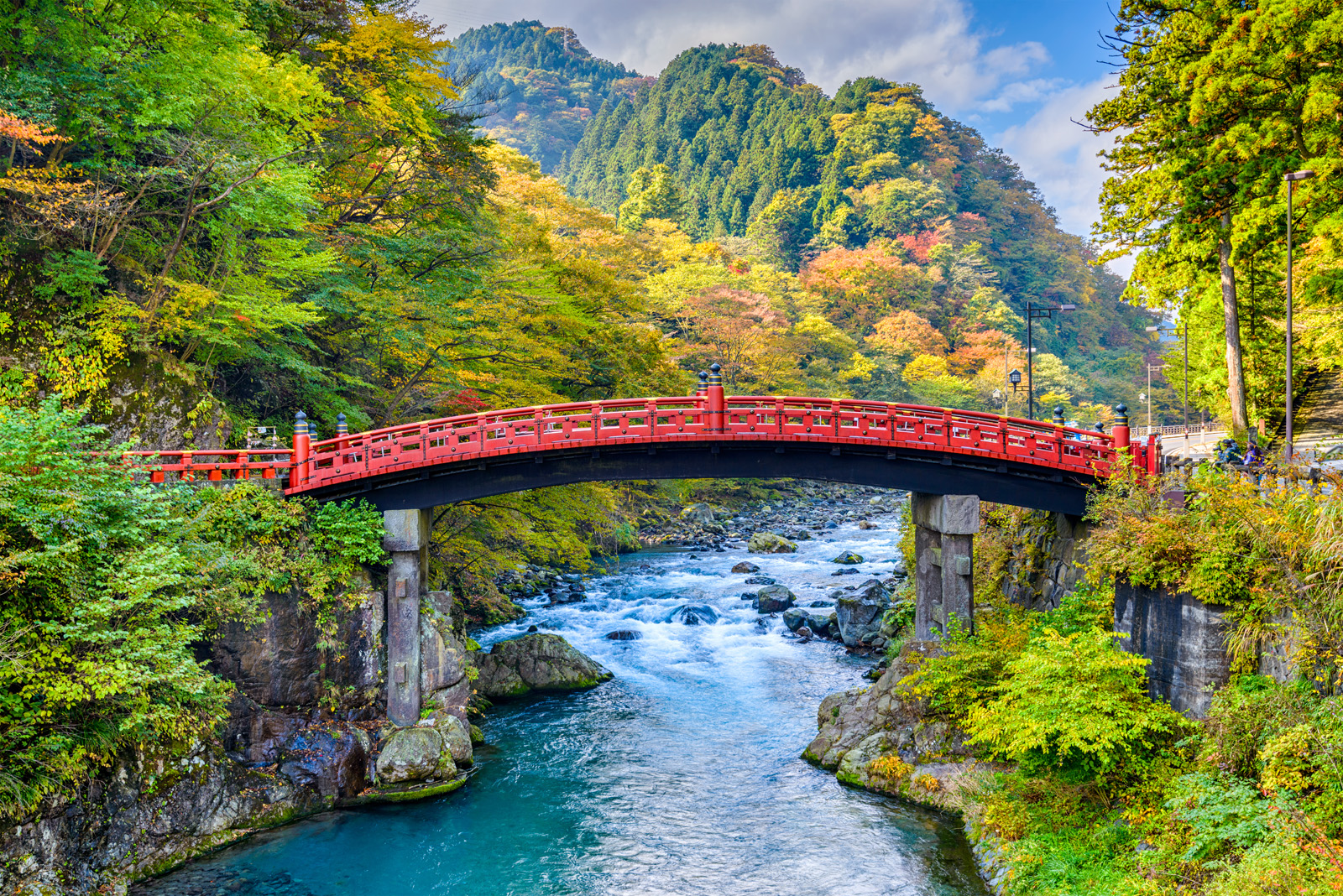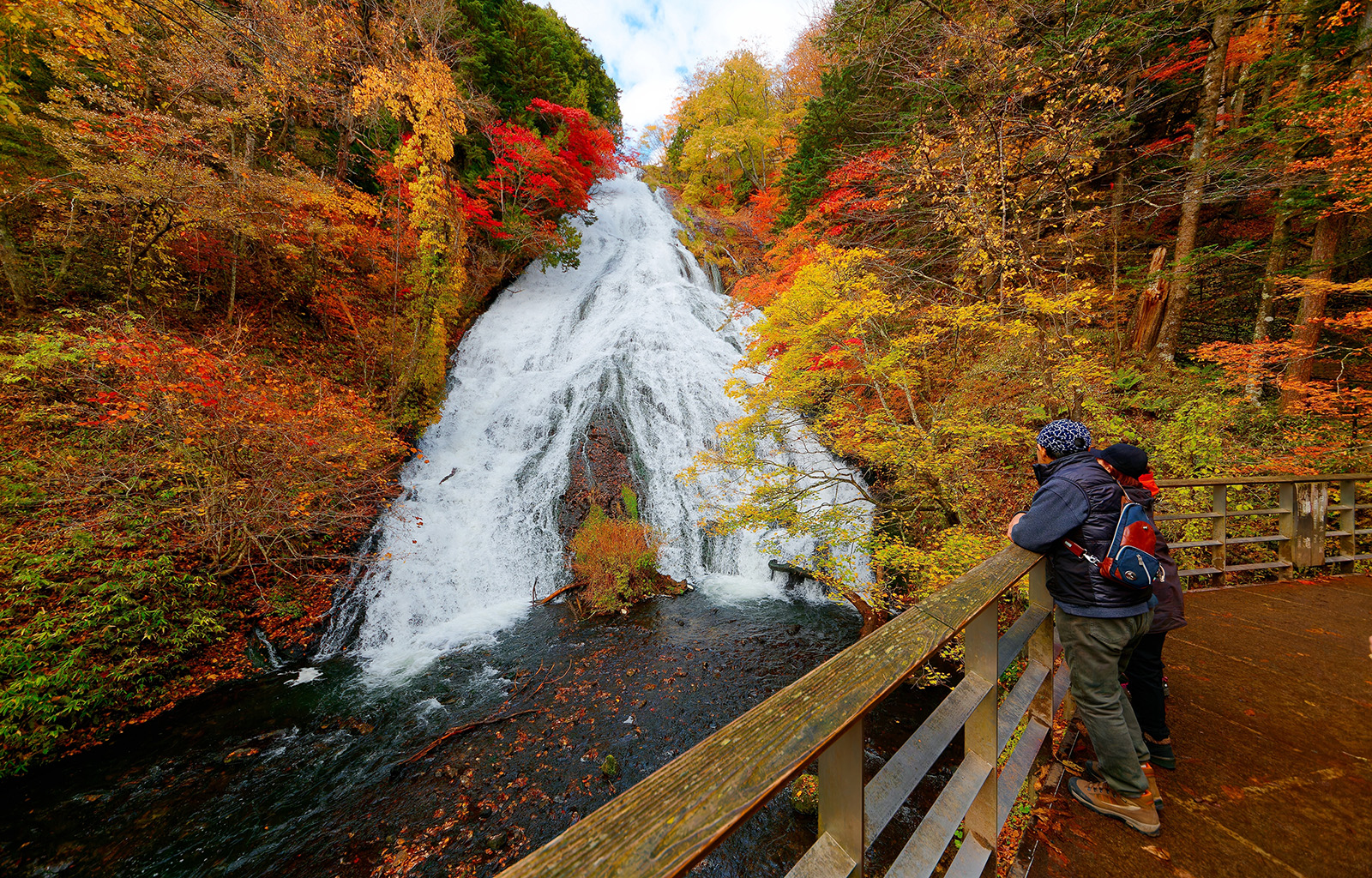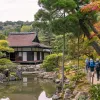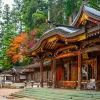Japan is a dream destination for adventure travelers, a place where cultural depth meets breathtaking natural beauty. Traveling to Japan for the first time is an unforgettable experience, and while it is modern and highly efficient country, it’s also a place where etiquette and social harmony are deeply valued—and understanding this can make your trip smoother and more meaningful. Here are things to keep in mind before you travel to Japan for the first time.
In Public
For starters, bowing is a common form of greeting and respect, used for everything from saying hello to thanking someone. Even small gestures, like handing money with both hands, go a long way in showing respect. Removing your shoes before entering someone’s home, traditional inns (ryokan), temples and even some restaurants is standard, so wear easy-to-slip-off shoes and be sure your socks are clean and hole-free!
In a traditional Japanese ryokan, you're often given a yukata—a casual cotton robe—to wear in public spaces. This is done for comfort, relaxation and to enhance the traditional experience. Guests typically wear the yukata throughout their stay, including to meals, around the inn or while walking to the onsen (hot springs). It reflects the informal, peaceful atmosphere and allows you to fully immerse yourself in the cultural experience.
Silence is golden in Japan; speaking softly in public, especially on trains or buses, is expected, as quiet is considered a form of courtesy. Talking loudly or taking phone calls is considered rude. The train systems can be confusing, so download apps like Google Maps or Japan Travel to help navigate! Make sure you line up properly for public transport; people line up neatly and wait their turn, following the flow. Japan also values personal space, so be mindful of standing too close or touching strangers casually.
Tip: Public trash bins are rare. You’ll often have to carry your trash with you for a while. Japan is exceptionally clean, so you’re expected to dispose of garbage properly, often back at your hotel or at train stations.
Food and Dining
Dining etiquette also matters. Slurping noodles is perfectly acceptable (and even encouraged), but pointing with chopsticks, sticking them upright in rice or passing food directly between chopsticks is frowned upon. Tipping is not practiced in Japan—instead, excellent service is the norm, and a polite thank you (“arigatou gozaimasu”) is always appreciated. If you’re vegetarian or have food allergies, it’s wise to carry a translation card, as some dishes may contain fish stock even if they seem plant-based.
In many Japanese restaurants, especially casual spots like ramen or curry shops, you’ll order from a vending-style ticket machine at the entrance. You insert money, press a button for your dish (often with pictures) and give the ticket to staff—no spoken order needed. These machines may not have English, so using a translation app or recognizing dishes by photo helps.
Restaurants outside of tourist areas may not have menus in English. If there are no pictures or displays, use a translation app or politely ask, “Eigo no menu arimasu ka?” (Do you have an English menu?). Being flexible and observant goes a long way in these settings. Despite being a high-tech country, many places—especially smaller shops and restaurants—still only accept cash, so make sure you always have some yen on you!
Tip: In public, avoid eating while walking. It’s considered impolite to eat on the go. Finish your food where you bought it or eat only in designated areas.
At a traditional Japanese tea ceremony, etiquette is centered on respect and mindfulness. Arrive on time, bow when greeting the host and follow their lead. Sit formally (usually seiza, or kneeling), handle utensils with care and admire the tea bowl before drinking. Drink quietly, wipe the rim after sipping and bow to show gratitude. Speak minimally and respectfully throughout the ceremony. A full-length ceremony may include a kaiseki meal—a multi-course, seasonal meal served before tea. In shorter or more casual ceremonies, sweets (wagashi) are typically offered. The focus is on harmony and presentation, so even simple foods are carefully prepared and beautifully served.
The Onsen
Be prepared for your relaxing soak in an onsen, a Japanese hot spring bath. Before entering the bath, you must wash and rinse your entire body thoroughly in the shower area. Swimwear is not allowed—bathing is done nude—but you may carry a small towel for modesty (just don’t bring it into the water). Keep your towel and hair out of the bath, and avoid loud noises, splashing or disruptive behavior, as onsens are meant for quiet relaxation. Be aware that some onsens may not allow tattoos, so it's best to check in advance. Alternatively, some onsens allow waterproof tattoo covers or patches (sold in convenience stores or online). Photography is generally prohibited to respect others' privacy. Following these customs ensures a respectful and enjoyable experience for everyone.
Temples and Shrines
When visiting Japanese temples and shrines, dress modestly and respectfully—avoid revealing clothing and wear clean, neat attire. At shrines, it's customary to bow once before entering the torii gate (entrance gate), walk to the sides (not the center) and cleanse your hands and mouth at the purification fountain. At the main hall, offer a small donation, bow twice, clap twice and bow once more to pray. In temples, remove your shoes before entering certain areas, stay quiet and be mindful of sacred objects. Photography may be restricted in some places, so always check for signs or ask for permission.
Nature
Respect for nature and tradition is deeply woven into Japanese life. Whether you're walking through Kyoto’s temple gardens, soaking in an onsen after a mountain hike or exploring historic towns along the Nakasendo Trail, there's a powerful sense of connection between place, ritual and environment.
When visiting natural areas, including shrines, temples or gardens, it’s important to be respectful: stay on paths, don’t touch or take natural objects and keep noise low. Nature in Japan isn’t just scenery; it is a living part of cultural and spiritual life. Shinto, Japan’s indigenous religion, views natural elements—like trees, mountains and rivers—as sacred, inhabited by kami (spirits). That’s why many shrines are in forests or near natural features, and sacred trees are often wrapped with ropes (shimenawa).
Tip: Seasonal awareness is key in Japanese culture—people deeply appreciate things like cherry blossoms in spring or autumn leaves in fall, often celebrating them with festivals or quiet contemplation.
Your life-changing trip to Japan is ready for you! Travelers who approach Japan with curiosity, humility and a willingness to adapt will find it a deeply rewarding destination—not just for its adventure opportunities, but for the cultural immersion that comes with it. With Backroads, expect quiet mountain paths, steaming onsen baths and encounters with a culture that reveres nature and hospitality. Whether you're cycling past rice paddies or hiking through cedar-scented forests, Japan offers adventure that is both physically rewarding and spiritually enriching.





